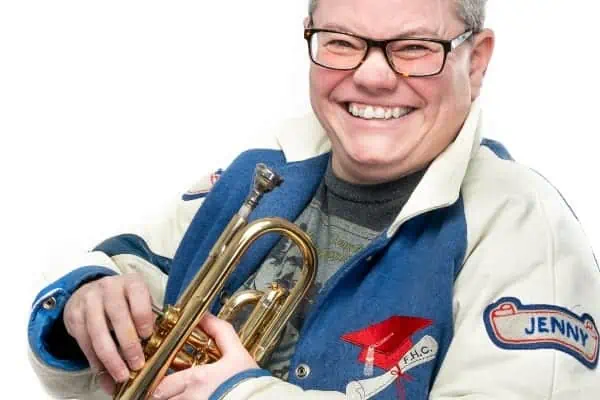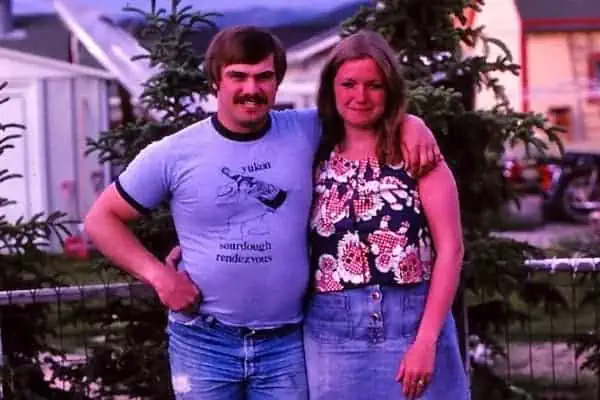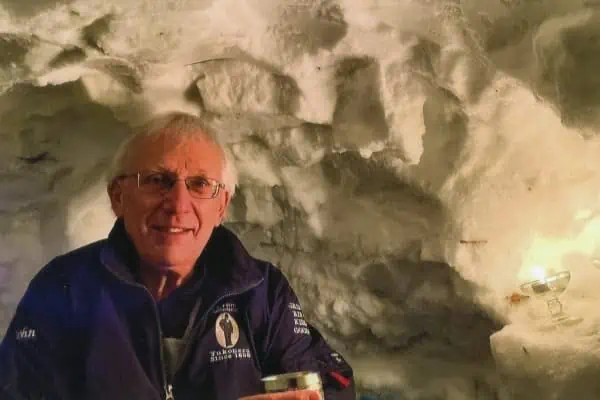Editor’s Note: This is part two of two highlighting Kwädąy Dän Ts’ìnchį: Teachings from Long Ago Person Found. It was introduced during the Haines Junction Mountain Festival, which took place December 8 to 10. Part 1 is available in the December 6 edition of What’s Up Yukon.
Diane Strand, director of community wellness at the Champagne and Aishihik First Nations, was working as a Heritage Resource Officer with CAFN during the project.
She said that the physical body of an Indigenous ancestor is a powerful confirmation of identity for Yukon First Nations people. “The story of the Kwädąy Dän Ts’ìnchį (Long Ago Person Found) really affirms what storytelling is. Here’s a human body confirming our way of life and the stories we’ve been told. I wouldn’t be here today if it weren’t for the smarts of my ancestors who knew how to read the land and who had to survive in minus-60-below-zero weather.’’
Richard J. Hebda, curator of botany and Earth history (emeritus) at the Royal British Columbia Museum, said that the Champagne and Aishihik First Nations (CAFN) participation “…made for a much richer and greater voyage of discovery” for the scientists who studied the Long Ago Person Found.
“The experience drove home the importance of working with people of the land. It’s a collaboration between two ways of knowing. They (the CAFN) were able to tell us things that we wouldn’t have otherwise known about their history and really enriched the study.”
By looking at clues such as traces of minerals in the man’s digestive track Hebda and his team were able to discern that he had likely grown up in a coastal area, but spent some time inland.
Pollens on his clothing showed that he died during the summer. The mix of coastal and interior possessions, as well as diet, showed that he travelled between communities. Likely from the coast toward the interior.
”You can’t go anywhere without leaving microscopic traces.” For example, Hebda said they were able to tell where the man had his last drink of water because of residue from an algae in his gut.
And while the glacier on which the Long Ago Person was found has since melted, the takeaway from the project across the board has been a new and more collaborative approach to research in Canada.
“This discovery reaffirms our historical tie to the land,” CAFN Dän nätthe äda Chief Steve Smith said in a statement. “It led to important discussions about respectful, culturally appropriate treatment of the find and artefacts. And it also helped us to build a unique partnership with the Royal B.C. Museum and other outside experts, balancing traditional values with more scientific approaches.”
Jack Lohman, CEO of the Royal B.C. Museum echoed Chief Smith’s sentiments: “The backdrop to this time period has been of mounting global recognition of Indigenous rights and the urgent need for environmental protection. It is my hope that this timely work will serve as an example for institutions seeking to undertake meaningful and collaborative research in partnership with First Nations in Canada.”
The 700+ page book features contributions from First Nation citizens and other experts drawn from a mix of scholarly and oral traditions. It is edited by Richard Hebda; Sheila Greer, CAFN heritage manager; and Alexander P. Mackie, formerly with B.C. Archaeology Branch.
Kwädąy Dän Ts’ìnchį: Teachings from Long Ago Person Found is available at Mac’s Fireweed Books and Coles in Whitehorse and you can check to see if it has arrived at the public library in your community. The book is also available for purchase online through the Royal B.C. Museum at www.RoyalBCMuseum.bc.ca.




